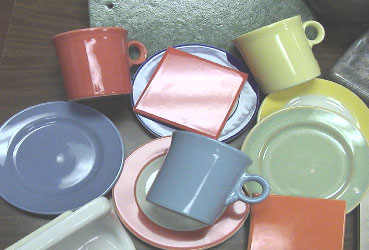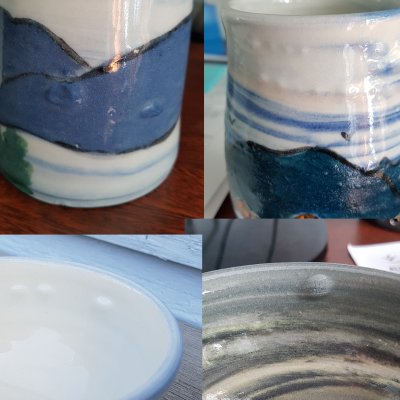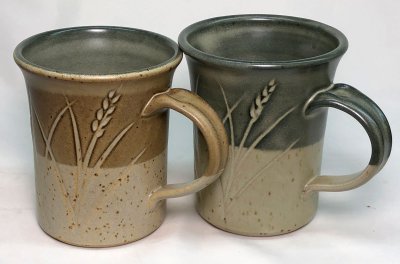Define Flux In Ceramics

The rate of the flow of some quantity or magnetic field per unit area.
Define flux in ceramics. A continuing movement especially in large numbers of things. Fluxes are substances usually oxides used in glasses glazes and ceramic bodies to lower the high melting point of the main glass forming constituents usually silica and alumina a ceramic flux functions by promoting partial or complete liquefaction. Some elements such as carbon or silicon may be considered ceramics ceramic materials are brittle hard strong in compression and weak in shearing and tension. The flowing in of the tide.
Material discharged from the bowels. Magnetic flux φ a quantitative measure of a magnetic field. Ceramic flux meaning ceramic flux definition ceramic flux exp. Low melting component in clay or glaze that reacts with silica to form.
Highest insulating rating of standard refractories but can release carcinogenic fibers. What does ceramic flux mean. Used for matte glazes. An excessive flow or discharge.
Ceramic insulating material composed of spun kaolin fibers available in blanket form braided tape rigid board and tubular flue liners. A ceramic material is an inorganic non metallic often crystalline oxide nitride or carbide material. They withstand chemical erosion that occurs in other materials subjected to acidic or caustic environments. The discharge of a fluid material in large amounts from a cavity or surface of the body.
Fluxes are the reason we can fire clay bodies and glazes in common kilns they make glazes melt and bodies vitrify at lower temperatures. Used as a flux in low temperature clay bodies and as a flux in both low and high fire glazes. Flux for high fire range increases glaze adhesion and viscosity. A flow or flowing of a liquid.
A flux of sensation. The most commonly used fluxing oxides in a ceramic glaze contain lead sodium potassium lithium calcium magnesium barium zinc strontium.














































